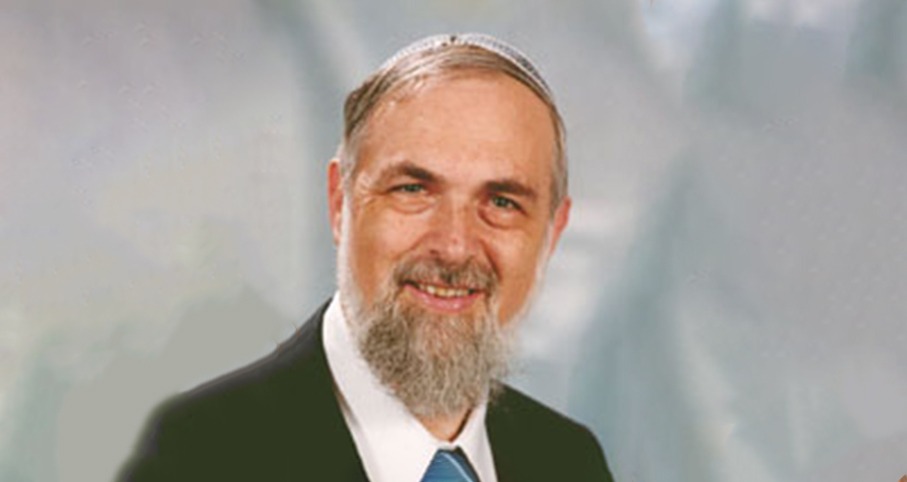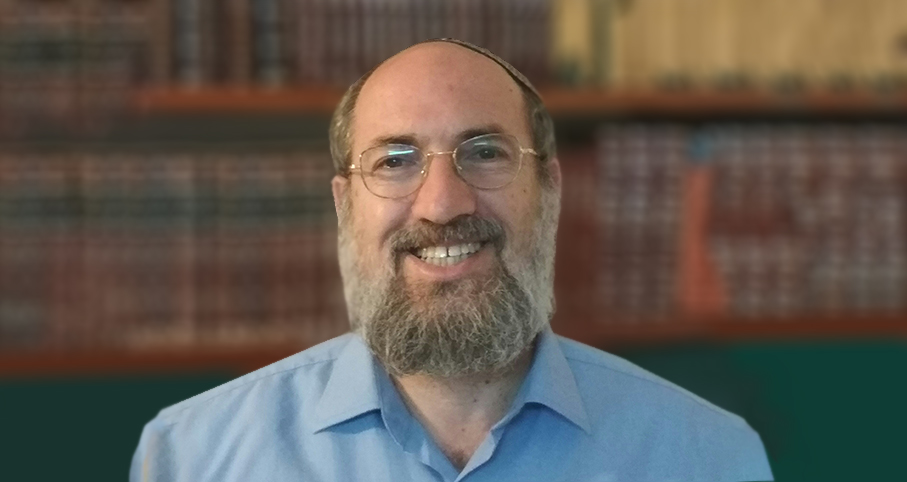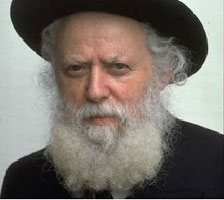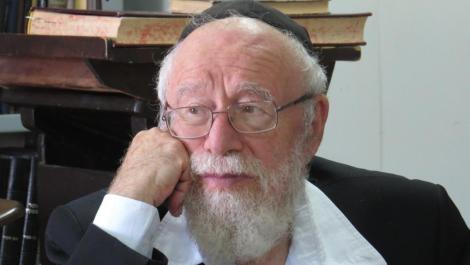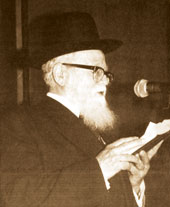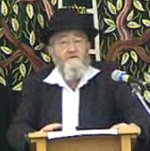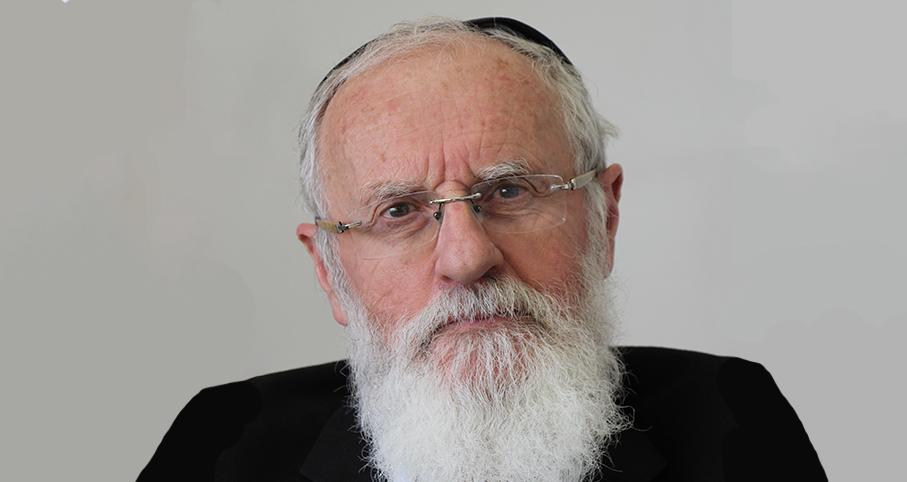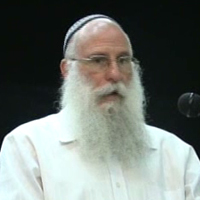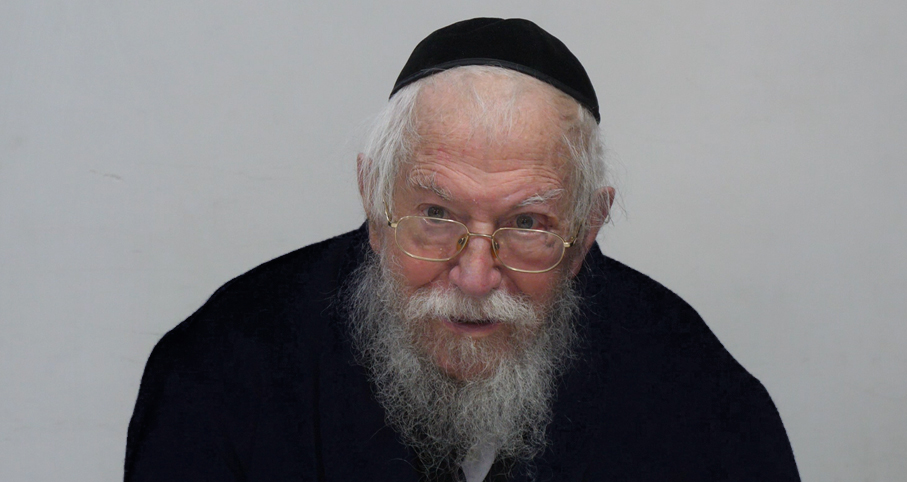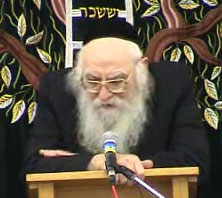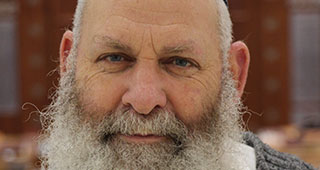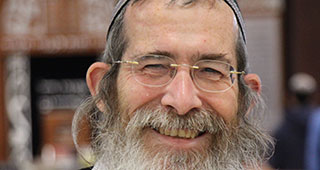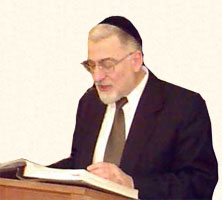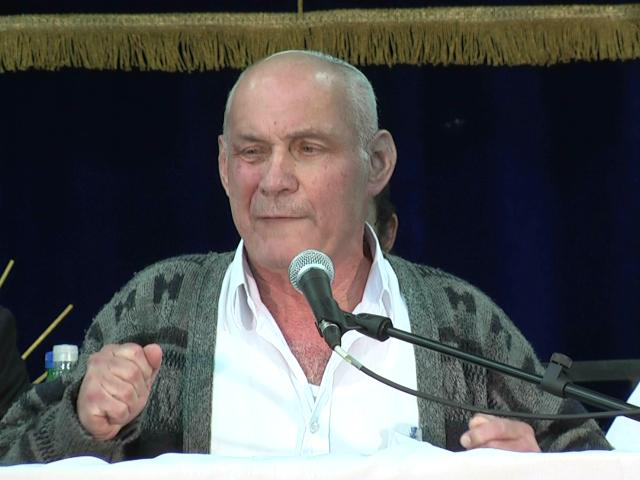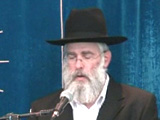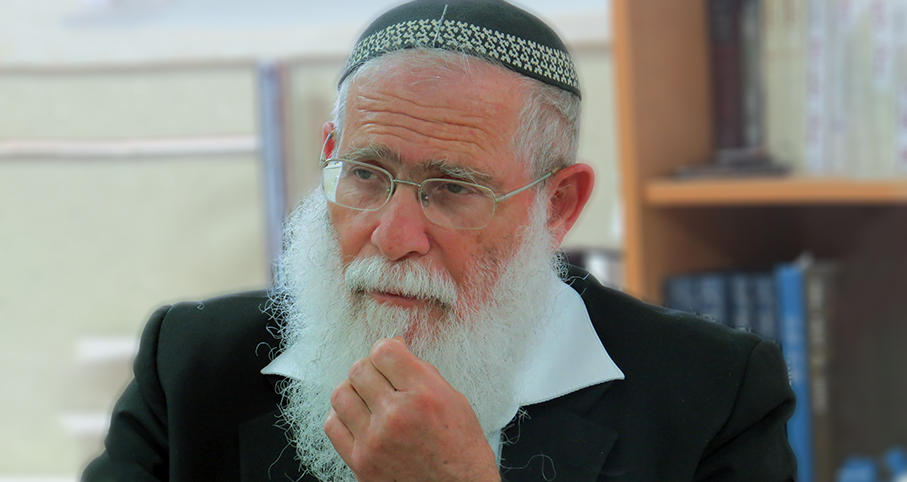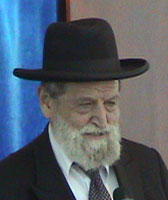Beit Midrash
- Sections
- Chemdat Yamim
- Bemare Habazak - Rabbis Questions
Answer:We must distinguish between the basics of the Seder and additional enhancements. You captured the Torah’s basic mitzva to tell about Yetziat Mitzrayim (the Exodus) on Seder night, as formulated by the Rambam (Chametz U’matza 7:1) and indeed p’sukim throughout the Torah. Let us add other central points.
The account of Yetziat Mitzrayim is not only an example of Divine kindness, but its associated miracles serve as a linchpin of our belief system (see Ramban, Shemot 13:16), similar to Matan Torah. The Torah stresses regarding both (see Shemot 10:2 and Devarim 4:9) the importance of the inter-generational chain, including parents and grandparents, confirming our deep belief. I have made a point at the Seder to have my children’s great-grandmother recall a Seder with her grandparents, where the latter fully believed the unbroken chain of testimony they relayed. I urged my children to tell this to their great-grandchildren. (Such links in the chain can extend over 200 years).
Chazal found it important to connect the remembrance of Yetziat Mitzrayim to both p’sukim and the mitzvot of the day. The core of Maggid consists of the Rabbinic elucidation of a four-pasuk summary of the story (Arami Oved …- Devarim 26:5-8). Rabban Gamliel says we must mention pesach, matza, and maror and explain their connection to the story of Yetziat Mitzrayim in order to fulfill our mitzva.
All these basics can be accomplished by joint reading of the Haggada with basic comprehension. But the Rabbis tell us that whoever increases the scope of talking about Yetziat Mitzrayim is praiseworthy. How is this done best? The simplest way is to continue speaking about the miracles and events (Rambam ibid.:1). Yet, this is not easy to do. There is no consensus of the texts one should use to provide additional stories of miracles. There are rarely family traditions (as there certainly were in the first generations) of what our ancestors experienced other than the general account of the Torah and Chazal.

Bemare Habazak - Rabbis Questions (627)
Various Rabbis
52 - A Ben Chutz La’aretz Flying Out of Israel on Yom Tov Sheini
53 - The Focus of Discussions at the Seder
54 - Pumping Air from a Wine Bottle on Shabbat
Load More
Our children are supposed to be the focus of the Seder, and we should strongly consider their needs and interests. Generally, the abilities and religious needs of the speaker and the audience play a major role (Rambam, Sefer Hamitzvot, Aseh 157; narrative of the Four Sons). Some people internalize the message of Pesach best through theatrics, song, emotional expression, art, …, and these can all be employed as appropriate.
The Rambam does not mention halachic discussion in this context, but the Rosh (Pesachim 10:33) and Shulchan Aruch (Orach Chayim 481:2) do, as the answer to the Wise Son implies. Considering the aforementioned idea of connecting the story to the performance of the mitzvot, it makes sense that the details of the mitzva are related as well. Therefore, halachic discussion of Pesach is in the spirit of the evening as long it does not qualitatively harm focus on relating the story deeply (see B’tzel Hachochma VI:47).
As Hallel and the custom to read Shir Hashirim after the Seder indicate, focusing on our relationship with Hashem is also in the spirit of the night.

Ask the Rabbi: Having a Non-Jew Build a Sukka and Assemble Arba’a Minim
Rabbi Daniel Mann | Tishrei 5786

Ask the Rabbi: Ice Cream on Hot Cake on Shabbat
Rabbi Daniel Mann | Iyar 5785

Ask the Rabbi: Erev Pesach That Falls on Shabbat
Rabbi Daniel Mann | Nisan 5785


